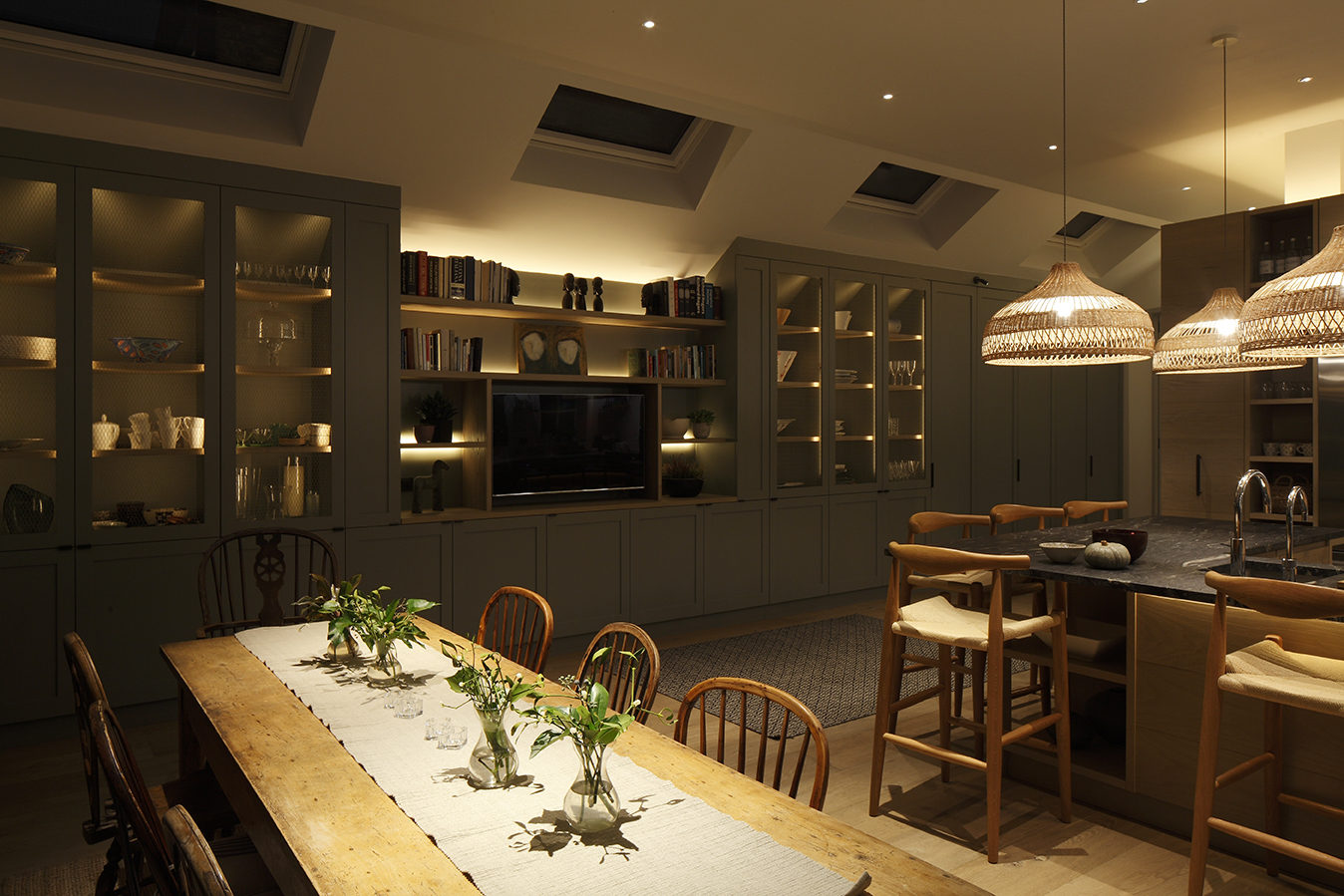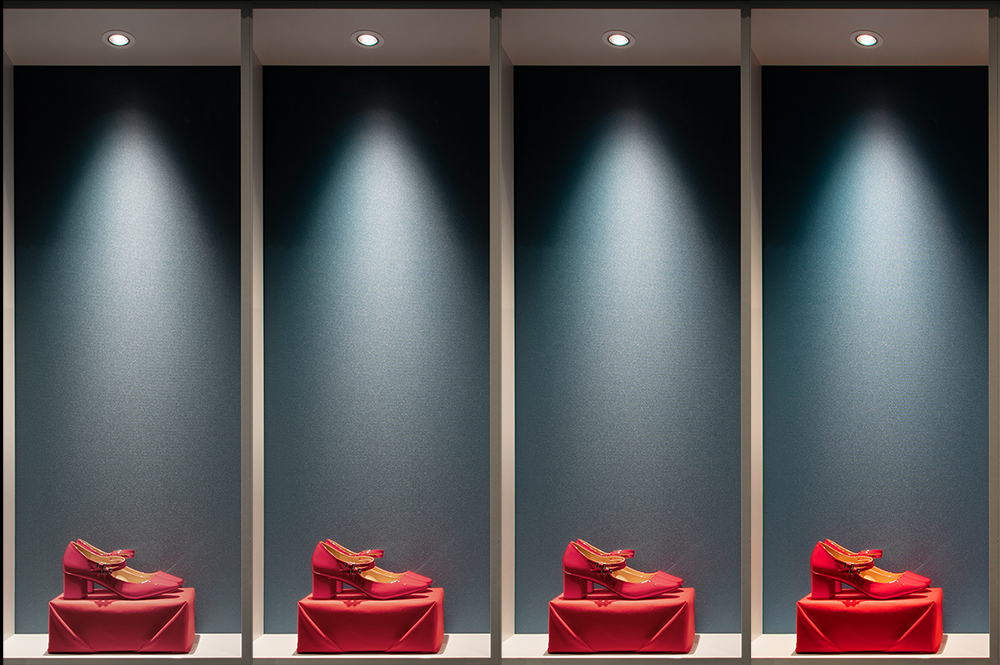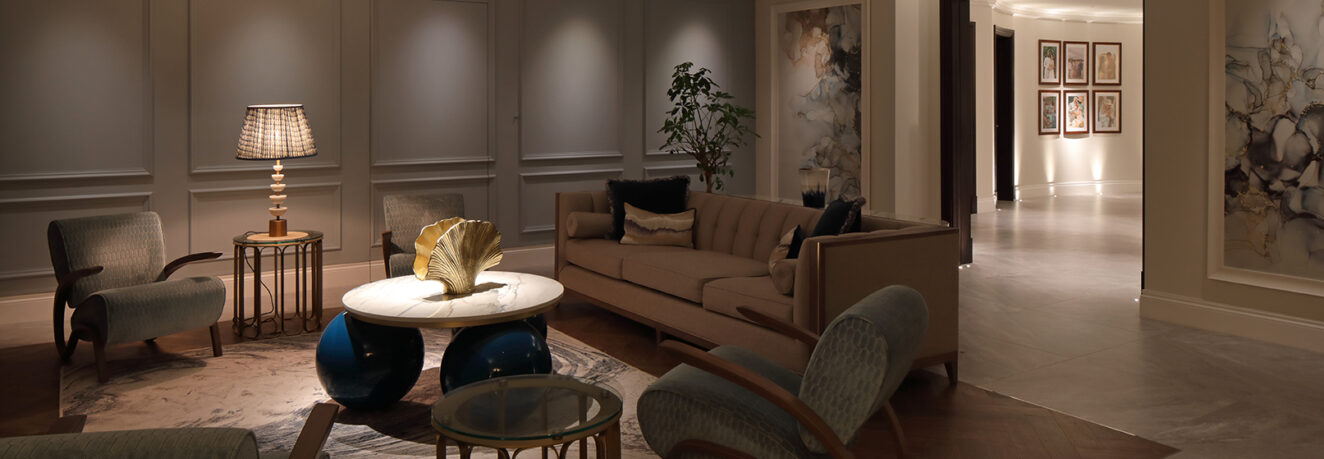We invited Vanessa Macedo, Associate Lighting Designer at John Cullen Lighting to share with us five lighting do’s and don’ts that every interior designer and architect should know.
Lighting isn’t just an add-on or afterthought—it’s a fundamental design tool that shapes the way we perceive and experience space. Yet, it’s often underestimated or oversimplified.
As lighting professionals, we frequently find ourselves stepping in to solve problems that could have been avoided with earlier, more integrated thinking. To help bridge that gap, here are five essential ‘Do’s’ and five all-too-common ‘Don’ts’ that every interior designer and architect should keep in mind when it comes to lighting.
5 Lighting DOs

1. Do Think About Lighting Early in the Design Process
Lighting should never be left to the end of a project. The earlier it’s considered, the more harmoniously it can be integrated with the architecture and interiors. Early collaboration allows lighting to elevate a concept, rather than just illuminate it. Think about how light will support the function, mood, and visual hierarchy of a space.
2. Do Layer Your Lighting
Successful lighting schemes almost always use multiple layers: ambient, task, and accent lighting. Layering provides flexibility, depth, and drama. A single type of lighting—no matter how well-executed—can rarely meet all needs. Consider how users might interact with the space at different times of day and for different purposes.
3. Do Understand the Importance of Colour Temperature and CRI
Light quality impacts material perception, colour balance, and emotional response. Colour Temperature (CCT) influences mood – warmer tones create comfort, while cooler tones evoke alertness. Colour Rendering Index (CRI) affects how true colours appear under artificial light. Low CRI can flatten or distort a space, undermining your material palette and finishes.
4. Do Use Light to Define and Sculpt Space
Good lighting doesn’t just reveal architecture—it enhances it. Use light to draw attention to key elements: textures, forms, focal points. Shadow is just as important as light; contrast adds depth. Treat lighting as a design material in its own right, not just a utility.
5. Do Consider Control and User Experience
Smart control systems, dimming, and scene-setting options empower users and help lighting respond to different functions throughout the day. A well-lit space should feel effortless – controls should be intuitive, and scenes should support the intended atmosphere and activity.



5 Lighting DON’Ts
1. Don’t Default to Downlights
Recessed downlights are often overused and poorly placed. A grid of downlights might seem like a “safe” choice, but it can create a flat, harsh, and uninviting space. Over-reliance on them can also result in poor uniformity and unnecessary glare. Use downlights strategically – not automatically.
2. Don’t Ignore Glare
Glare is one of the quickest ways to make a space uncomfortable. Light should enhance visibility, not hinder it. Whether it’s from a poorly shielded fixture or light bouncing off a glossy surface, unmanaged glare disrupts the experience. Always consider viewing angles, especially in spaces like offices, dining rooms, and retail.
3. Don’t Treat Lighting as Purely Decorative
Yes, light fixtures can be beautiful—but their function should never be compromised. Decorative lighting is a powerful layer, but it must complement the overall lighting design, not replace it. Don’t mistake a chandelier or pendant as a substitute for proper ambient or task lighting.
4. Don’t Forget Maintenance and Longevity
Choose fittings and systems with realistic maintenance requirements. Lighting design should be future-proof, taking into account ease of access, lamp life, and the potential for replacement parts. This is especially important in hospitality, retail, and commercial environments, where downtime costs money.
5. Don’t Separate Aesthetics from Technical Reality
Lighting design lives at the intersection of art and engineering. It’s easy to get excited by moodboards and fixture catalogues, but every lighting idea must be grounded in technical feasibility. Luminaire outputs, mounting details, wiring access, and dimming compatibility all need to align with your vision.
Closing Remarks: Lighting as a Creative Partner
Interior designers and architects are natural storytellers – so is light. It guides people, reveals texture, creates atmosphere, and punctuates emotion. But this only happens when it’s given equal creative weight and a seat at the table from the start.
By embracing a few core principles and avoiding common pitfalls, design professionals can make lighting a seamless, expressive part of their work – not just a finishing touch.
Collaborate early, think holistically, and never underestimate the power of a well-placed beam. Because when lighting is done well, no one notices. But when it’s done brilliantly, everyone feels it.
More information www.johncullenlighting.com.
